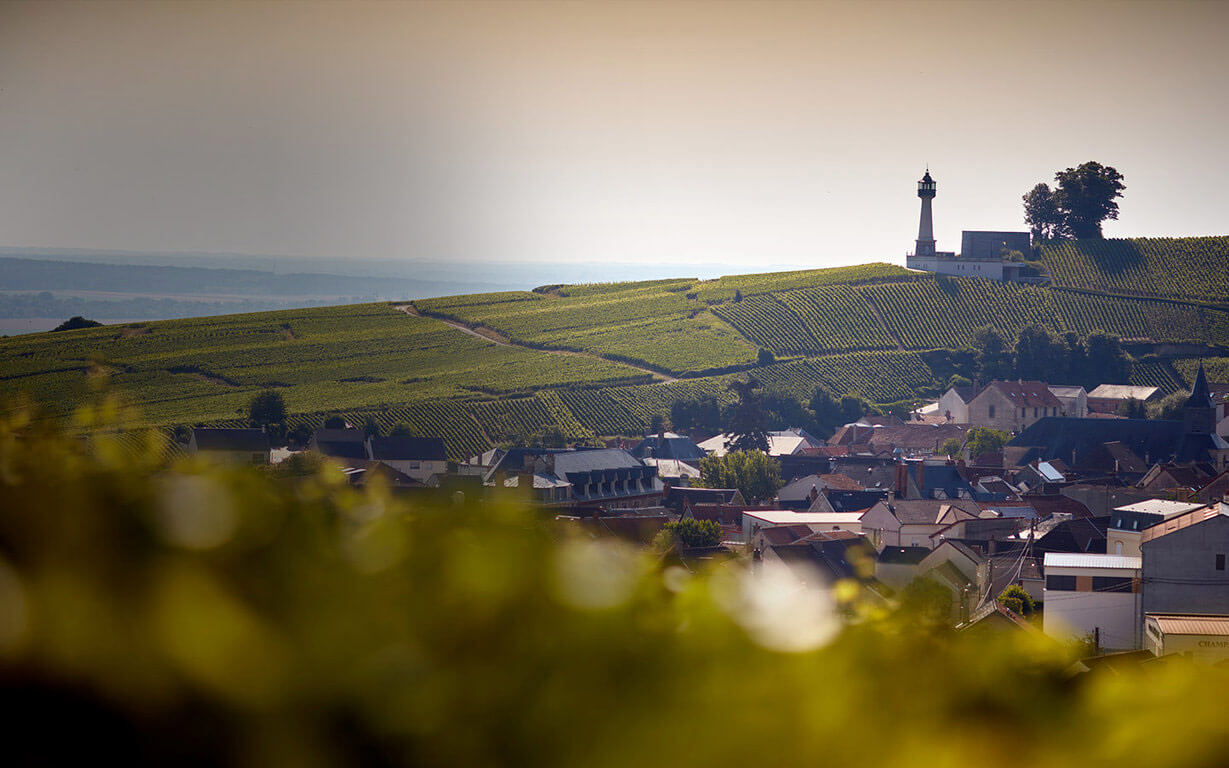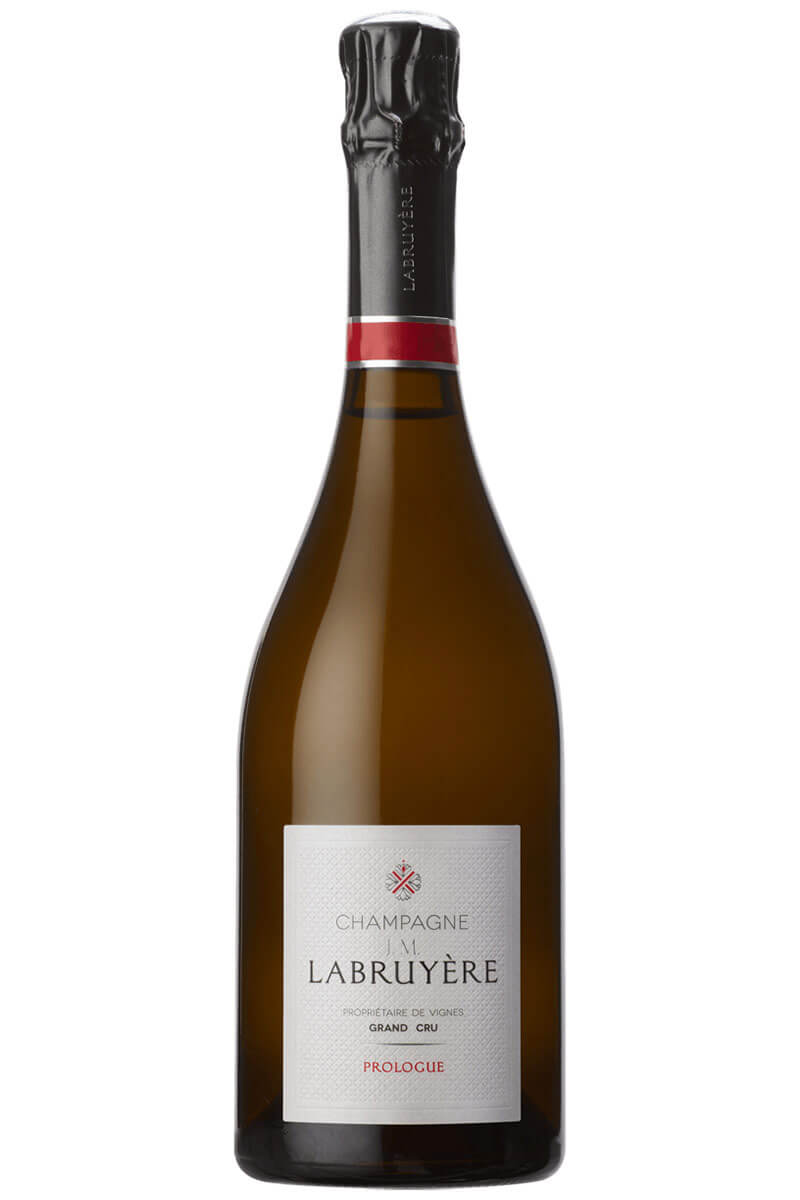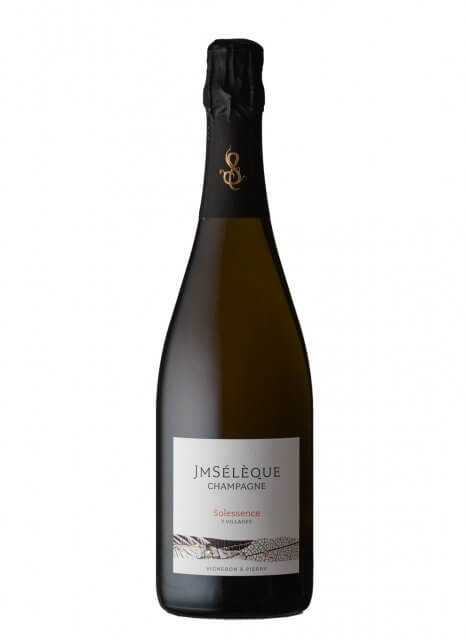by Ken Gargett
“There is no doubt that conspicuous consumption is out, bling has lost its showy glow, and consumers are forcing brand owners to redefine the meaning of value in the current market and Champagne has suffered as a result.”
Pretty much sums up the trouble facing this fabled region. Well, yes and no.
That first paragraph is actually a quote from the October 2009 issue of The Drinks Business, but it could just as easily apply today. Champagne goes through problems more regularly than you might think.
The new millennium was trumpeted as a time that would send champers into the next stratosphere. Sales were huge leading up to the big evening, but establishments were so massively overstocked that it took quite a while for them to work through the stocks. Sales suffered as a result, stagnant for some time.
Today, in addition to the recent political and economic uncertainty – never good for champagne sales – we have had the COVID-19 devastation. Certain styles of wine have enjoyed excellent sales, but sparkling is thought of as a wine for celebration. The various messes endured this year have hardly been that. Quite the opposite.

Champagne Labruyère’s Verzenay, France vineyards
Champagne is not a wine that most people enjoy at home or by themselves as they might a good red or a top spirit. Champagne is for occasions and for sharing and enjoying with friends.
If times have been tough for the large Champagne-based houses, they have been even worse for many of the small growers and their champagnes. In this article we take a look at two up-and-coming growers. Next time, I’ll hit the oldest, and one of the most famous, of all of them.
What is a small grower?
The grower/big producer divide has been a curious phenomenon. For reasons beyond me, it seems as though one must support one side or the other (sounds more like politics). Thou shalt not enjoy both!
I have no idea why one can’t drink champagnes made by both growers and the larger houses. Both make some superb wines (and both make some very ordinary wines as well). Neither are innately or automatically better than the other and restricting yourself, as some do, to one or the other seems very shortsighted to me.
We have seen many thrilling champagnes from the big guys here. The champagnes from growers like Selosse, Agrapart, Egly-Ouriet, Ulysse Collin and others can sit comfortably with them.
Today, we have champagnes from two emerging growers. Next time, we’ll cover an old favorite more extensively.
Champagne Labruyère
Champagne Labruyère is a relatively new operation with almost six hectares located in Verzenay and Verzy, both Grand Cru villages. The grapes are split 70/30 between Pinot Noir and Chardonnay.
Edouard Labruyère and his family moved to Champagne to grow grapes following experience in the White Burgundy region of Meursault, as Edouard saw similarities. Since 2012, he has worked with Vincent Van Waesberghe as chef de cave as well as the oenologist from Domaine Jacques Prieur (a fine Burgundian estate), Nadine Gublin. She is a former winner of Best French Winemaker as awarded by Revue du Vin de France.
They deliberately pick a little later than most growers, work only with the cuvée, and ensure all wines go through malolactic fermentation. This makes for what has been described as a “pure, profound, and powerful style of Champagne.”

Champagne Labruyère Grand Cru Prologue Brut NV
I recently tasted the Labruyère Grand Cru Prologue Brut NV (AUD$109), which is a 70/30 Pinot Noir and Chardonnay blend, entirely from Verzenay. Tirage (bottling) was April 2, 2014 with disgorgement on May 17, 2019. Dosage was a very low 1.6 grams/liter. Always good to have such information made available on the back label. Ten percent of the blend was reserve wine from 2012 added to the base wine from 2013.
Recently, some other champagne geeks and myself indulged in one of those discussions – fascinating to us but likely to bore anyone not obsessed by champagne absolutely rigid – about whether or not Verzenay can give its wines a slight bitterness (in a good way). I believe it can and I am not certain I have tasted a better example than this wine.
There was an immediate note of bitter almond, followed by spices, stone fruits, grilled nuts, and a minerally background. Hints of marmalade and glacé lemon. Crisp acidity. This was intense, balanced, and finished with a lovely touch of grapefruit and biscuit. Loved it. 94.
JM Sélèque
Our next entrant is a slightly better-known producer, JM Sélèque. Peter Liem’s wonderful book Champagne describes Jean-Marc Sélèque as the “newest rising star in the Coteaux Sud d’Epernay.”
He farms seven different villages in that sub-region plus has vines in Vertus, Dizy, Epernay, Mardeuil, and Boursault. They are a mix of biodynamic and organic. Jean-Marc’s father first started bottling his own champagne back in the 1970s – his grandfather originally planted vines in the 1960s (some high-quality Pinot Meunier in the Premier Cru village of Pierry). Jean-Marc has had the rudder since 2008. Before that, he worked in both Australia and California, and at the house of Jacquesson – which I will be exploring in much greater depth next time.

JM Sélèque Solessence Extra Brut NV
I tasted the JM Sélèque Solessence Extra Brut NV (AUD$93) and I must say that my first impression was what cracking value it is. A blend of 50 percent Chardonnay, 40 percent Meunier, and 10 percent Pinot Noir.
The fruit comes from seven villages, which are described as being mostly on flinty clay over chalky subsoil: Pierry, Moussy, Épernay, Mardeuil, Dizy, Boursault and Vertus. The wine sees a mix of 70 percent stainless steel tank and 30 percent oak barrels, with 50 percent of the blend being reserve wines, which is kept in “perpetual reserve.” No fining or filtration and a dosage of three grams/liter.
Disgorged October 2018 (no doubt there will be even more recent bottles available). Opened with a lovely toasty aroma. Brioche and chestnuts. A richly flavored champagne. Some stone fruit, citrus, chalk, and apricot kernels. Decent length, but the flavors are largely forward at this stage. One to drink sooner than some. 93.
These are but two of the very many, very fine grower champagnes. There are many others.
Just because you revel in champagnes like Dom Perignon, Cristal, Pol Roger Sir Winston Churchill, and others, do not deny yourself the joys these wines can offer. Similarly, don’t swallow the often sommelier-driven Kool-Aid that only the champagnes of the small growers can reflect the real thing.
If you are a lover of great champagne, enjoy both. And feel good about the fact that you are helping in the recovery of one of the world’s great wine regions.
For more information, please visit champagne-labruyere.com and jmseleque.fr.
You may also enjoy:
Bollinger 2012 Champagne: One Of The Very Best Wines And Vintages Of The Century
Pierre Peters Les Chetillons: One Of The World’s Great Champagnes You’ve Probably Never Heard Of
Sparkling Wine From Tasmania: Not Yet Champagne Level, But Very Close
Leave a Reply
Want to join the discussion?Feel free to contribute!





















































Nice article!
Small growers are imho more interesting than the big houses. It’s just comparable with independents in haute horology.
A couple of years ago I went on holiday to the South of France by car. My wife our two daughters one still a baby took a pit stop in a smal chambre dotes/chateau close to Epernay. This is called Chambres D’hotes & Champagne Douard. Its a small 4.5 ha chateau with a little bed and breakfast. All really basic and very nice for a young family on the budget.
But oh boy do they make some nice champagne! We tasted all and we went home with a couple of cases. And all very much affordable like 16-23 euros. Its very nice to taste their different cuvees side by side cause they are soo different. If you compare a blanc des blancs with a cute prestige there is big difference in lightness versus full body and more bold and round flavours. Btw you can also order it online. I am in now way connected to these people. Its just my advise to go and look for the unknown.
But above all the stories of the farmer/grower. A second generation winemaker who is as proud as can be on his product. Its very nice to see a young guy really work for his living and really puts all his effort in it. That makes the whole experience and nothing can beat that such as all the nice masrketing of the Gand Maisons.
Many of us are fortunately to know how great champagne tastes but the experience on small chateaus anywhere in France is better and more cosy at the small independent chateaus if you ask me.
Hi Wouter.
Many thanks for all those thoughts. Fully understand what you are saying re the differences. Some of my best experiences have been with some of the smaller growers. Visiting the bigger players is a very different experience but certainly not one that should be dismissed. Nobody does hospitality like the Champenois.
Personally, I think it is worth experiencing both. And that includes their wines. Some of the larger producers make champagnes that are simply too thrilling to miss.